Thread embedding for weight loss is a method of stimulating human metabolism and regulating endocrine system through acupoint thread embedding. It can indeed help with weight loss, but the effect varies from person to person. The principle is to continuously stimulate acupoints by embedding absorbable thread bodies, promote fat breakdown and metabolism, while suppressing appetite. The specific effect depends on individual physical condition, the location of the buried thread, and adjustments to postoperative lifestyle habits.
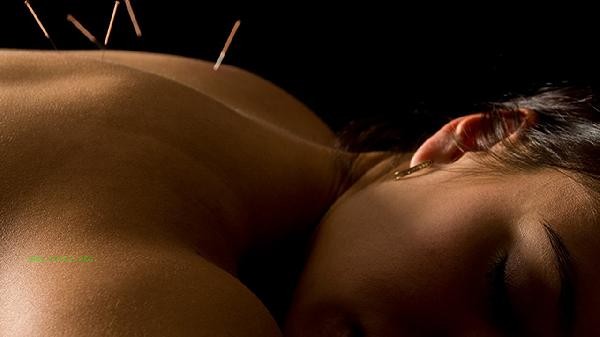
1. The principle and mechanism of thread embedding for weight loss
Thread embedding for weight loss combines traditional Chinese acupuncture theory with modern medical technology. By embedding absorbable protein threads into specific acupoints, continuously stimulating acupoints, regulating the human endocrine system, and promoting fat metabolism. This stimulation can accelerate blood circulation, increase basal metabolic rate, and help the body burn more calories. At the same time, thread embedding can also suppress appetite, reduce excessive calorie intake, and achieve weight loss goals.
2. Target audience for thread embedding weight loss
Thread embedding weight loss is suitable for people who are overweight and have a high body fat percentage, especially for those who are locally obese such as the abdomen and thighs. For obesity caused by endocrine disorders and slow metabolism, thread embedding for weight loss also has a certain regulatory effect. However, pregnant women, lactating women, patients with severe heart disease, and those who are allergic to protein threads are not suitable for thread embedding weight loss.
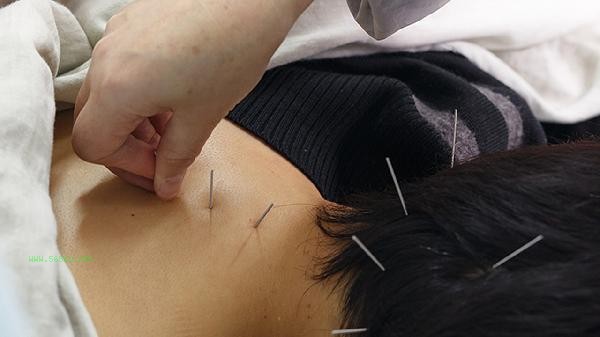
3. Operation process and precautions for thread embedding for weight loss
The operation of thread embedding for weight loss is carried out by professional traditional Chinese medicine practitioners, usually selecting areas with high fat accumulation such as the abdomen, legs, and back for thread embedding. After embedding the thread, it will gradually be absorbed in the body, and the stimulation of acupoints can last for several weeks. After surgery, it is important to maintain the cleanliness of the thread embedding area and avoid vigorous exercise to prevent thread displacement or infection. Diet should control calorie intake and consume more high protein, low-fat foods such as chicken breast, fish, vegetables, etc. At the same time, combined with moderate exercise such as brisk walking, yoga, and swimming, the effect is better.
4. The effect and limitations of thread embedding for weight loss
The effect of thread embedding for weight loss varies from person to person, and some people may see weight loss in the short term, but the effect is not permanent. If unhealthy lifestyle habits are not changed after surgery, weight may rebound. The effect of thread embedding for weight loss is limited for severely obese individuals, and it is more suitable as an auxiliary weight loss method. For people with a larger weight base, it is recommended to combine dietary control and exercise for better results.
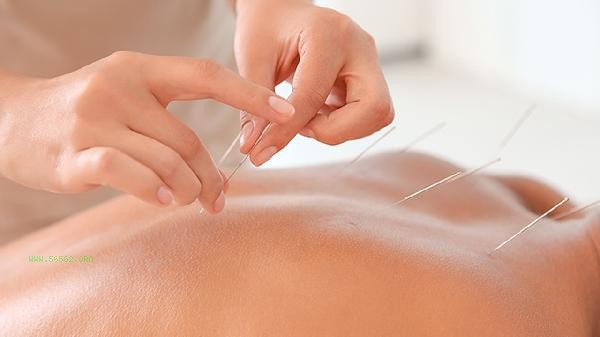
As an auxiliary weight loss method, thread embedding can indeed help some people lose weight, but the effect is not permanent. To achieve long-term weight loss results, the key lies in adjusting postoperative lifestyle habits, including a healthy diet and moderate exercise. For individuals with severe overweight or other health problems, it is recommended to undergo a comprehensive weight loss program under the guidance of a professional physician.

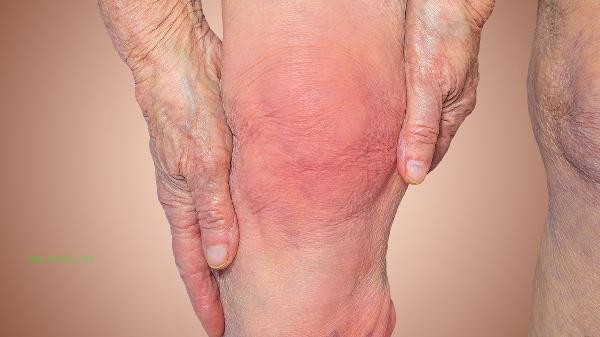
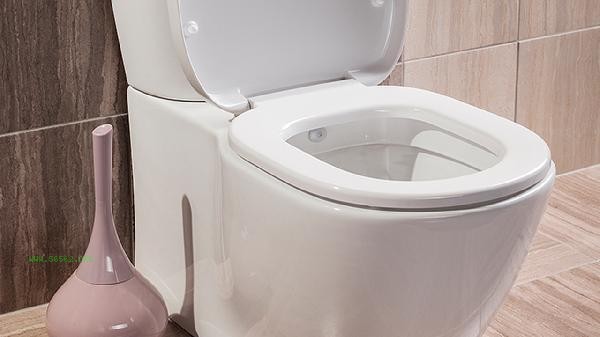
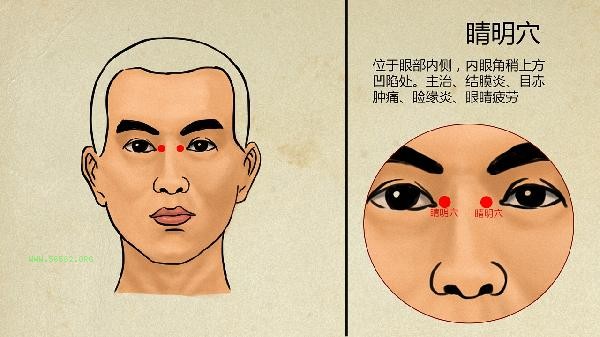

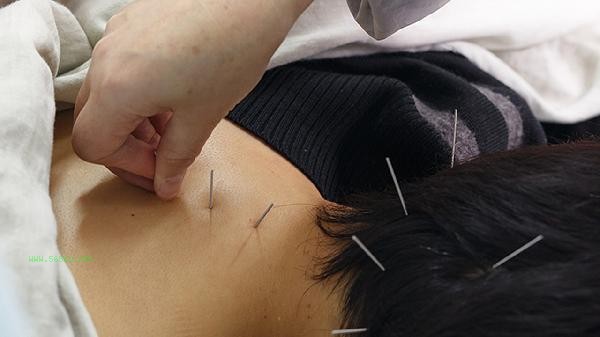


Comments (0)
Leave a Comment
No comments yet
Be the first to share your thoughts!